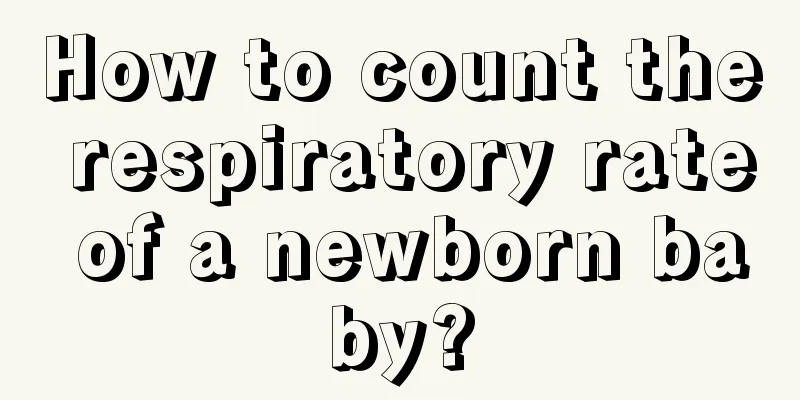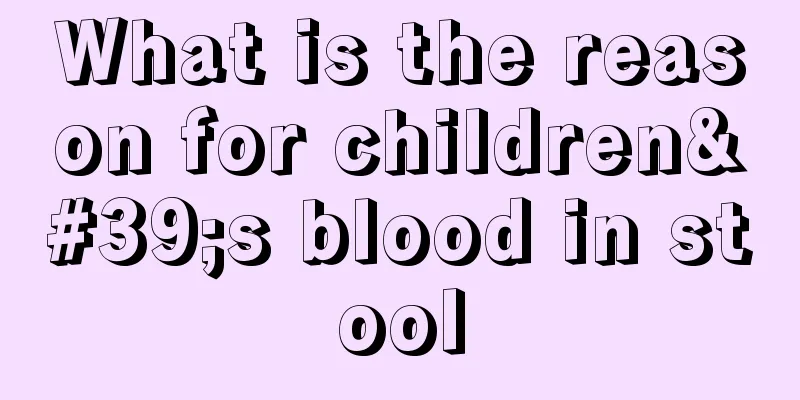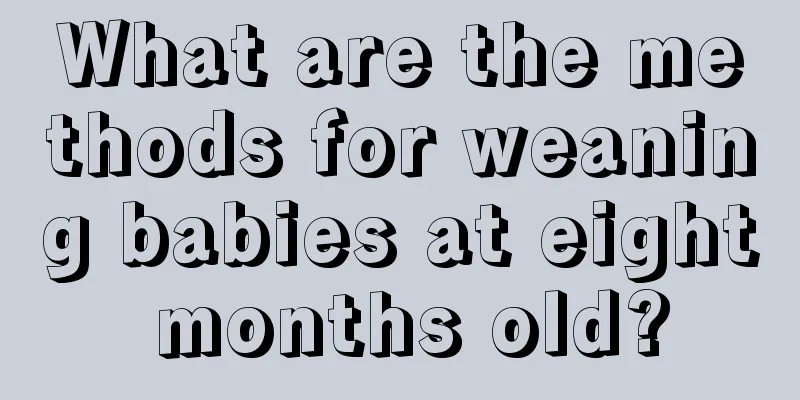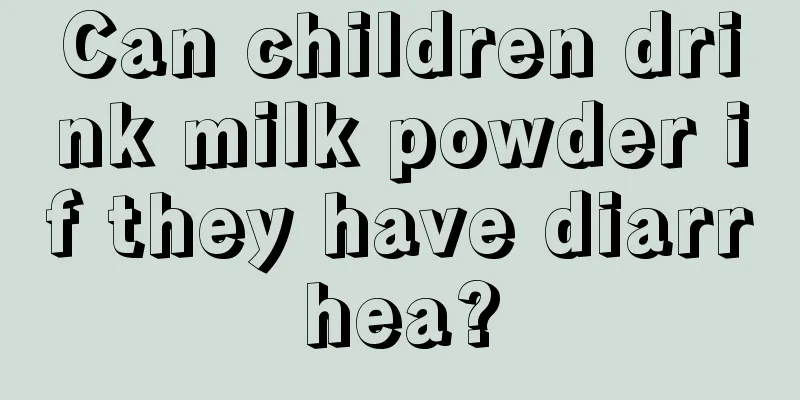How to count the respiratory rate of a newborn baby?

|
The birth of a child brings happiness to every family, but for many parents who are taking care of their newborns, what symptoms will the child experience? Parents don't know much about it, and sometimes they worry about whether their children have diseases. For example, the respiratory rate of a newborn. It is necessary to check whether the child's respiratory system has problems based on the respiratory rate of the newborn. So how to count the respiratory rate of a newborn? Neonatal pneumonia lacks specificity in clinical manifestations, but increased respiratory rate is an early sign of pneumonia and parents can also recognize it. The normal respiratory rate of a newborn is 40-45 times/minute. If the respiratory rate per minute is greater than or equal to 60 times/minute, it is considered as accelerated breathing. At this time, you should count the breaths again. If it is still greater than or equal to 60 times/minute, it is considered as accelerated breathing. Counting the number of breaths to determine whether pneumonia is present is a simple and appropriate technique recommended by the World Health Organization. When children suffer from pneumonia, even in the early stages, their respiratory rate will increase significantly, which is very helpful for early identification of pneumonia. This method is also easy for parents to learn and can help observe the child's condition. So, how do you count a newborn's breaths? The normal breathing of a newborn is irregular, with periods of rapid breathing followed by periods of slow breathing and sometimes brief pauses in breathing. Therefore, when counting the number of breaths, you cannot count 15 seconds multiplied by 4 to get the number of breaths per minute. This will cause the child with accelerated breathing to not be detected, while the child with normal breathing will be counted as having accelerated breathing. The correct way to do it is to count for a full minute. When counting breaths, please note that one inhalation and one exhalation counts as one breath. Some parents count one inhalation and one exhalation as two breaths, which is wrong. Since children's chest moves up and down with a small range and they mainly breathe abdominally, it is more obvious to observe the abdominal movement when observing the breathing movement, and the number of breaths counted will be more accurate. When counting the child's breaths, count when the child is quiet. Do not count the child's breaths when the child is crying, feeding, or just after feeding. The number of breaths counted at this time cannot reflect the actual situation. In addition to increased breathing, another important sign that children with pneumonia will show is chest retraction. When a child inhales, the lower part of the chest wall obviously sinks in, which is called chest retraction. It is a manifestation of severe pneumonia in children. When observing whether a child has chest retraction, it can only be determined when the child is in a quiet state. How to count the respiratory rate of a newborn? The normal respiratory rate of a newborn is between 40 and 44. The correct number should be counted every minute. Make a detailed answer based on the child's breath each time. Remember not to count the child's respiratory rate when the child is crying, feeding or just after feeding, as the respiratory rate is very fast at this time. |
<<: Causes of knee synovitis in children
>>: What causes a baby's rapid breathing?
Recommend
What should I do if my three-month-old child has a fever of 38 degrees?
The hardest-working people in the world are paren...
What is going on if there are white particles in the child’s throat?
If white granular substances appear in the child&...
How to supplement calcium for infants with calcium deficiency?
We absorb calcium in different ways every day. It...
Can children eat fish when they have a fever?
If your child has a fever, don't rush to feed...
Can children eat MSG?
Whether children can consume MSG is a question th...
Symptoms of achalasia in children
The main symptoms are difficulty swallowing, regu...
What is the cause of red pimples all over the child's body?
We all know that babies' skin is particularly...
Why can't children grow meat even if they eat?
In daily life, children's physical developmen...
Is it bad if the baby takes a bath every day?
Clean-loving mothers often bathe their babies onc...
Why is my baby breathing rapidly and wheezing?
It is very common for babies to breathe rapidly a...
What causes swollen finger joints in children?
Possible symptoms of swollen finger joints in chi...
What to do if your child has a stuffy nose
Adults can take medicine when they are sick, and ...
How to improve children's memory?
Every parent hopes that their children can grow u...
One year old baby has bad breath
If a baby over one year old has bad breath, it is...
What to do if your child's lower eyelid turns blue
From the time a child is born to the time he grow...









